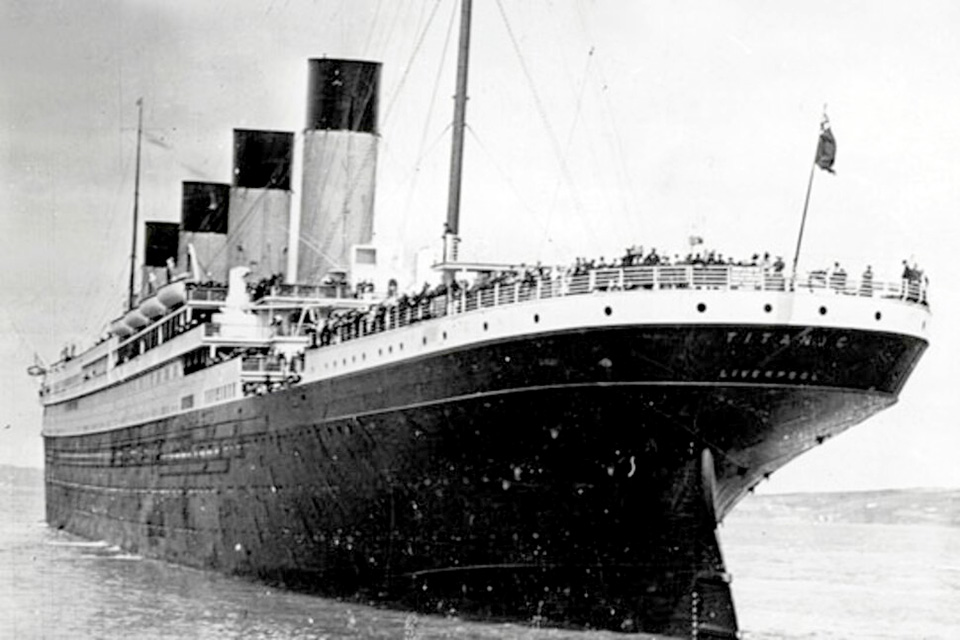
Although no Thais were aboard the Titanic on its tragic maiden voyage in 1912, the disaster has carved a key place in local culture. No doubt the main trigger was the popular, if much romanticized, movie in 1997 which turned an epic disaster narrative into a sex saga in the north Atlantic starring Leonardo and Kate: it was the best earner of all movies shown in Thailand during that decade. A new term promptly sprang into the Thai and English language, Thaitanic, which came to mean anything from the decline in the value of the baht to variants of international street food. Thai tourist cities, including Pattaya and Phuket, still have guest houses and bars named after the world’s most famous shipwreck.
The current unfolding of the tragedy surrounding the OceanGate submersible called Titan has many eerie aspects. In 1898 a struggling fiction author Morgan Robertson wrote a novella named Futility which described how a triple-screw transatlantic liner, not carrying sufficient lifeboats, sank after crashing into an iceberg in mid ocean. But the oddest feature is that Robertson named his ship the Titan, 10 years before the actual Titanic was actually conceptualized. Whether the novelist should be credited with clairvoyance or whether his extensive knowledge of shipbuilding and maritime trends has been debated ever since. And nobody seems to know if OceanGate was aware of the historical connotations created by naming their submarine Titan.
Technology also played a significant role in recounting both the historical Titanic and the current submersible disaster. Although the White Star line itself never actually described the Titanic under construction as “unsinkable”, advertisements did parade its most advanced features such as 24-hour duty Marconi operators, heated swimming pools (for the first class passengers) and a double bottom to strengthen the safeguards provided by the watertight compartments. Titanic was the largest moving object in history ever created before the first world war.
Only after the 1912 tragedy did it transpire that the steel rivets holding the underwater plates together were substandard or that the watertight doors did not prevent water overflowing on a listing vessel. There are echoes here of the 2023 Titan situation after recent revelations that uniform safety standards are not enforced in international waters and that carbon monoxide extractors are not necessarily installed onboard. After 1912 there were promises to reform maritime law – the establishment of the international ice patrol and an insistence on carrying enough lifeboats were two accomplishments – just as we are already seeing current demands to overhaul safety rules for submersibles. The real tragedy is that it takes a disaster to create the momentum for much-needed reforms.






